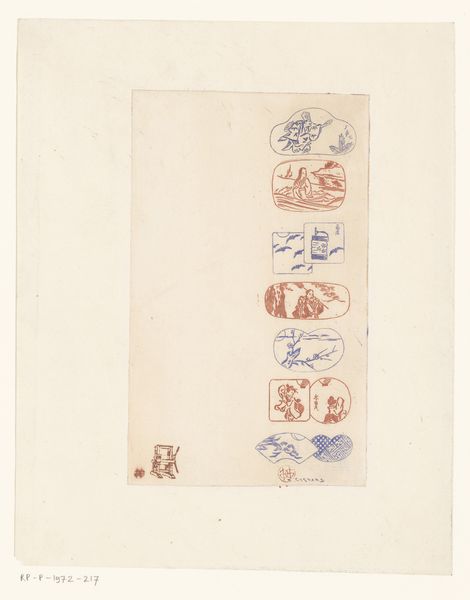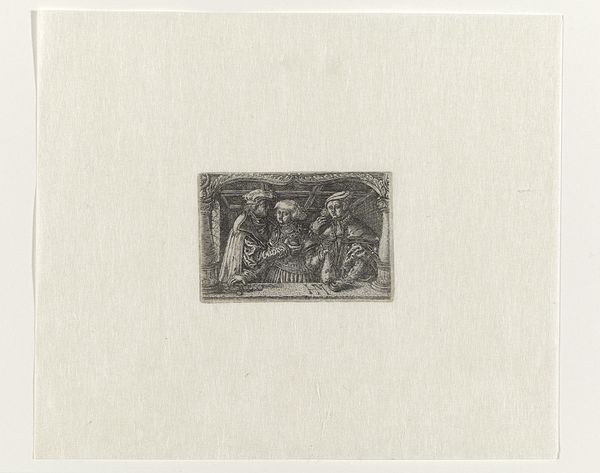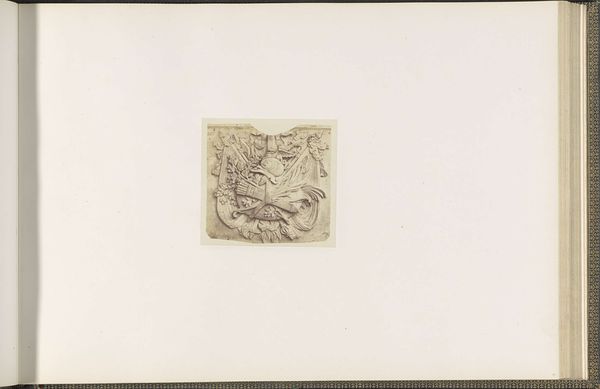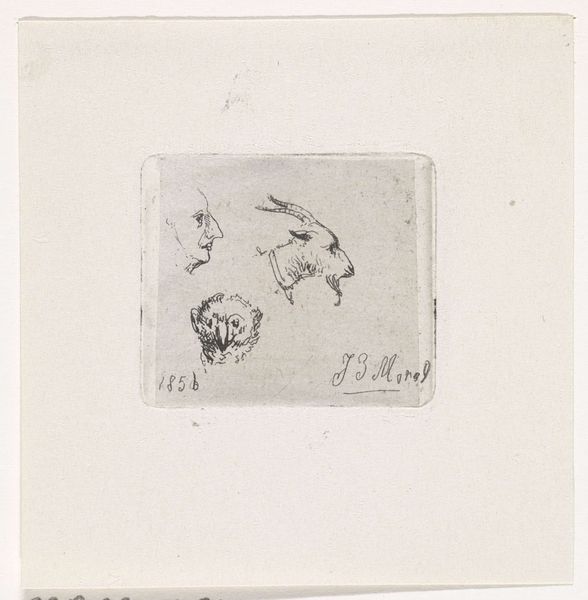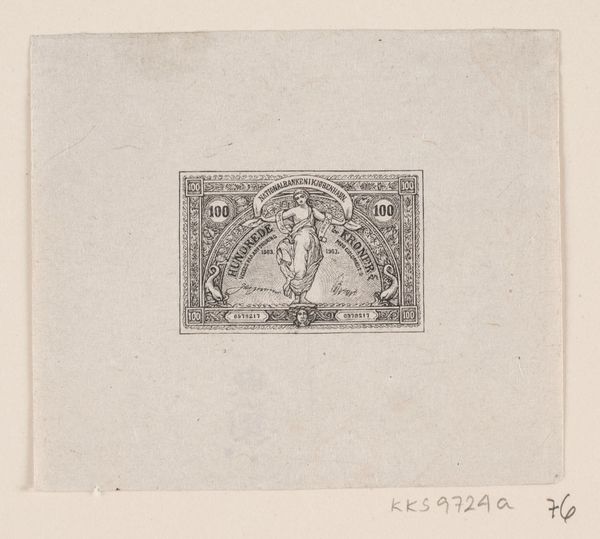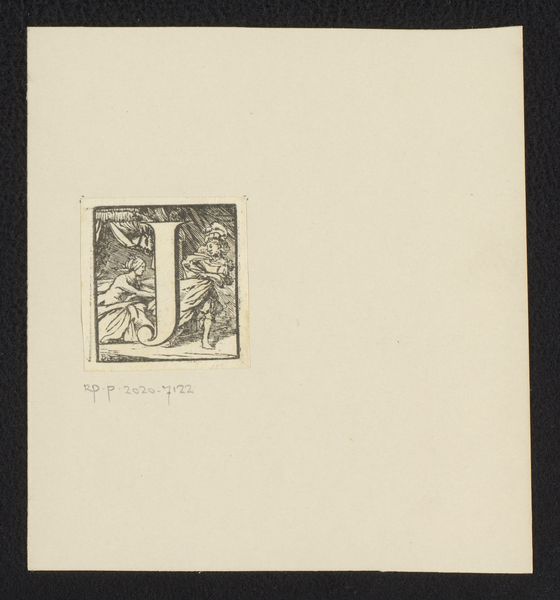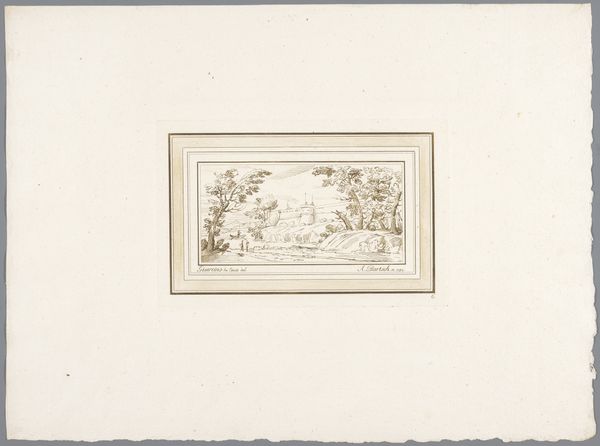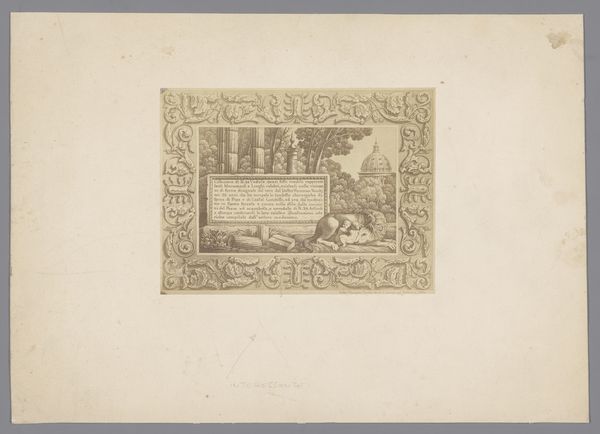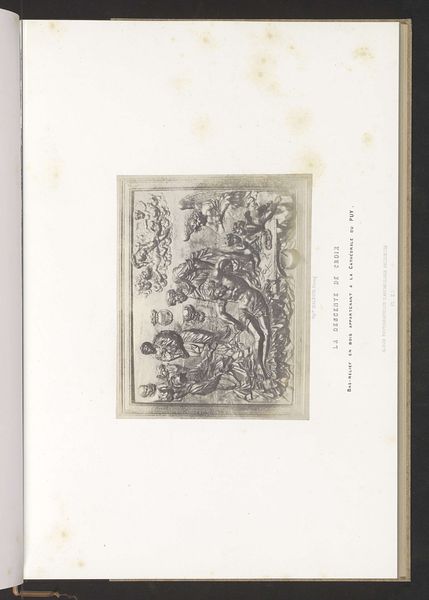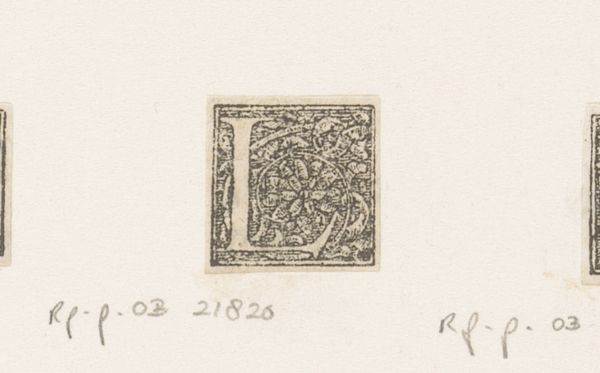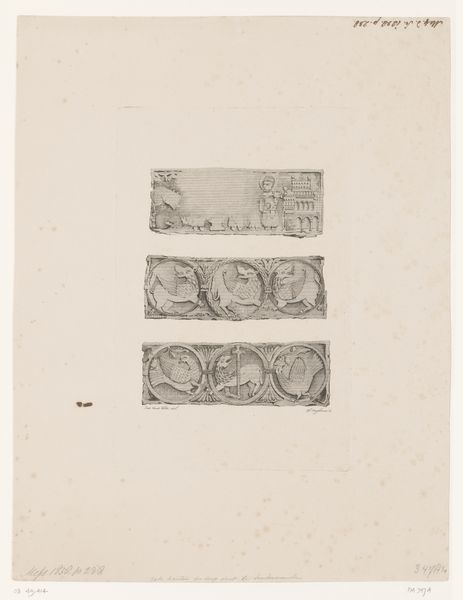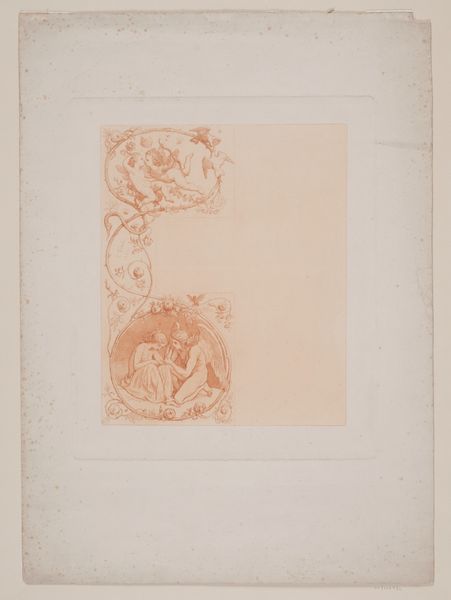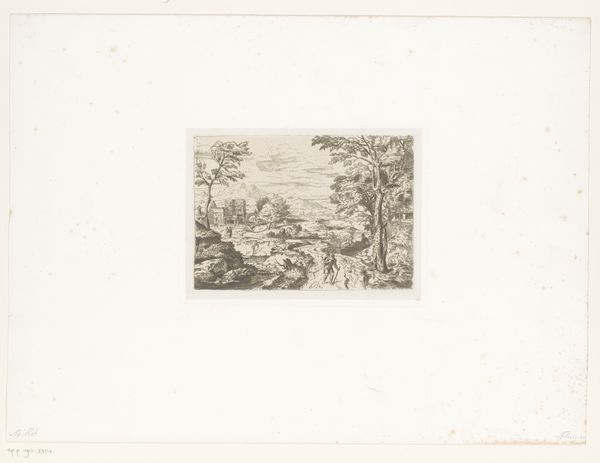
Studies van twee muizen, een tijgerkop en een kop van een kameel 1866 - 1924
0:00
0:00
bernardwillemwierink
Rijksmuseum
drawing, print, etching
#
drawing
# print
#
etching
#
etching
#
realism
Dimensions: height 68 mm, width 99 mm
Copyright: Rijks Museum: Open Domain
Editor: We’re looking at “Studies of two mice, a tiger head and a head of a camel,” an etching print by Bernard Willem Wierink, dating roughly from 1866 to 1924. I’m immediately struck by the juxtaposition of the animals. The delicate lines of the etching give it an almost dreamlike quality. How do you interpret the selection and arrangement of these particular animals? Curator: That's a keen observation. Beyond the simple representation of animals, Wierink's work offers a commentary on power dynamics and hierarchies present not just in the natural world but, perhaps more significantly, in human societies. What connections can we draw between a mouse, often associated with vulnerability and subservience, and a tiger or camel, both symbols of power, even exoticism? Editor: I hadn’t thought of it that way. It's almost like a statement about social stratification, with the animals embodying different roles within a societal structure. Curator: Exactly. Consider also the historical context. During the period Wierink was creating, there was an increasing interest in understanding the animal kingdom – Darwin's theories were gaining traction, challenging previously held notions about humanity's place in the world. This print invites us to contemplate these shifting perspectives, challenging anthropocentric views. Do you see how the medium, etching, contributes to that understanding? Editor: Well, the precision of etching emphasizes observation, and creates distance. Is it intended to subtly undermine human-centered worldviews? Curator: Precisely! This print embodies an almost scientific approach but one filtered through the artist's understanding of evolving social thought. So what have you observed overall about the animal's meaning in society at that moment? Editor: That thinking about art with social justice and animal rights perspectives provides a valuable historical interpretation and that art isn't produced in a vacuum. Curator: And hopefully, our listeners will now look at other works in a more historically and socially informed way.
Comments
No comments
Be the first to comment and join the conversation on the ultimate creative platform.
